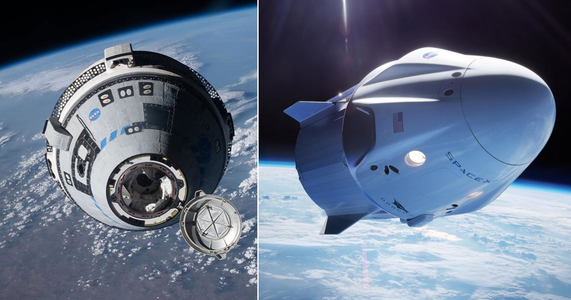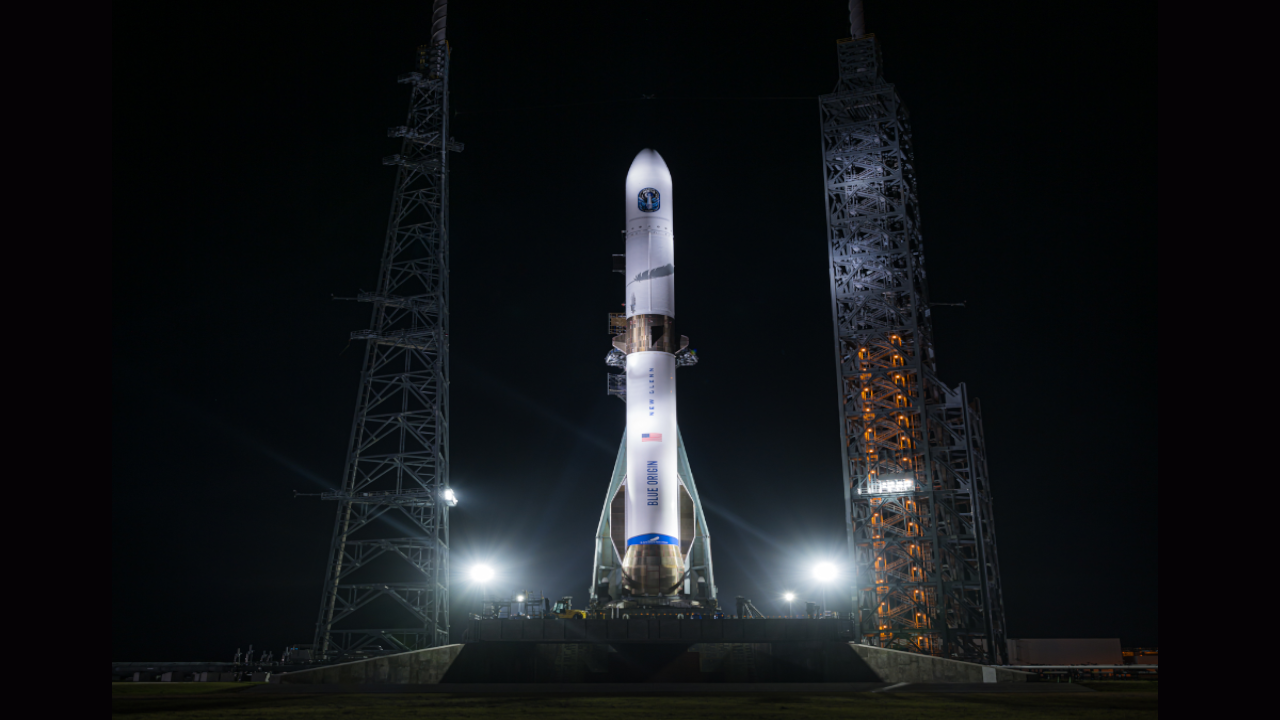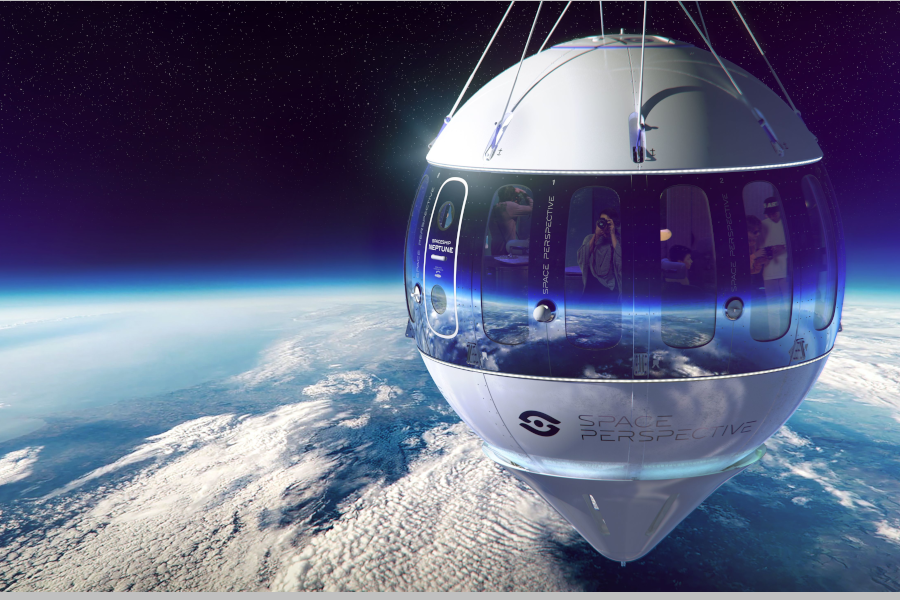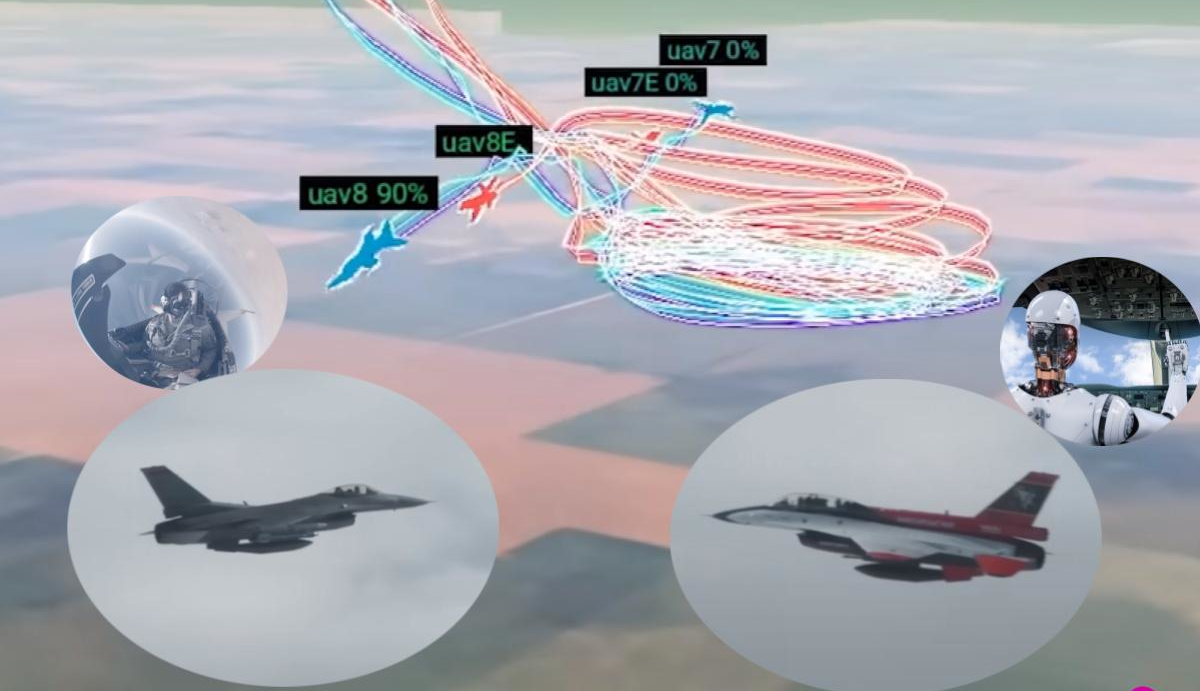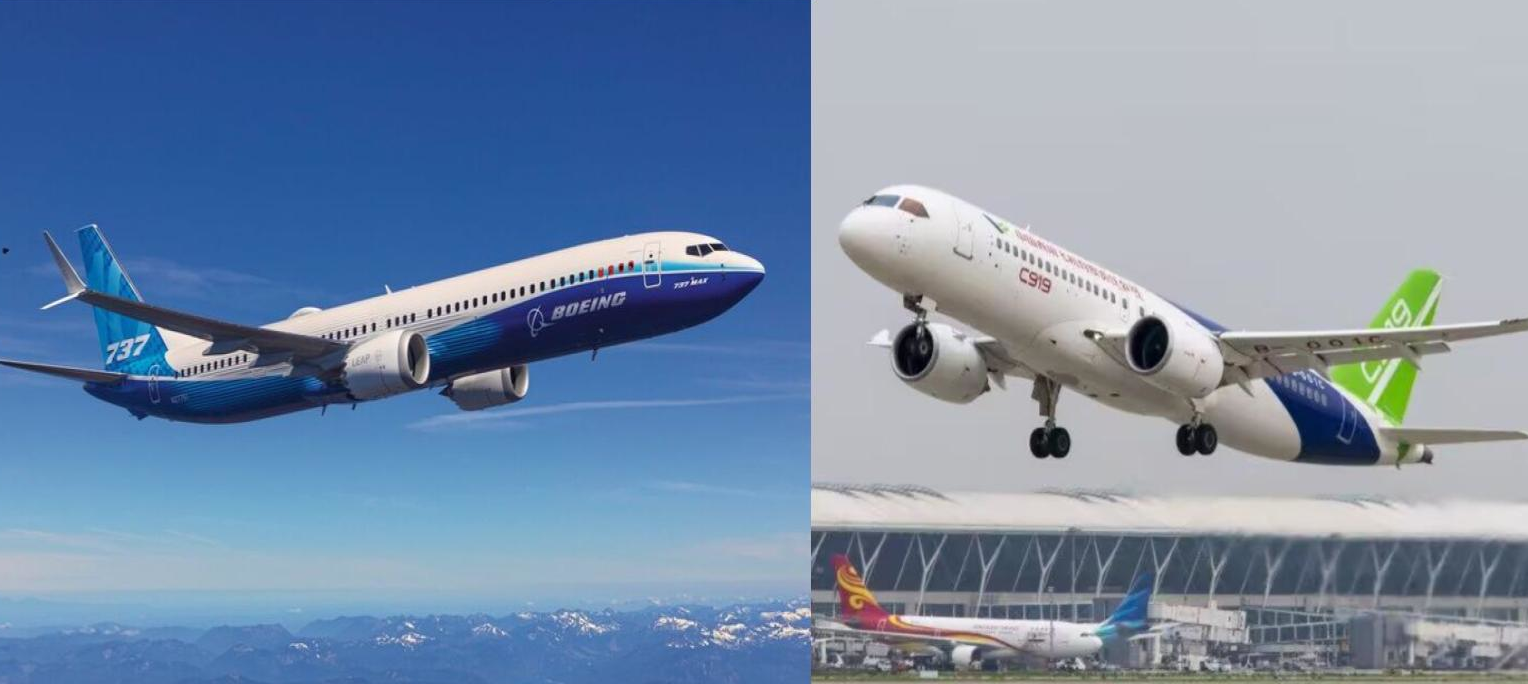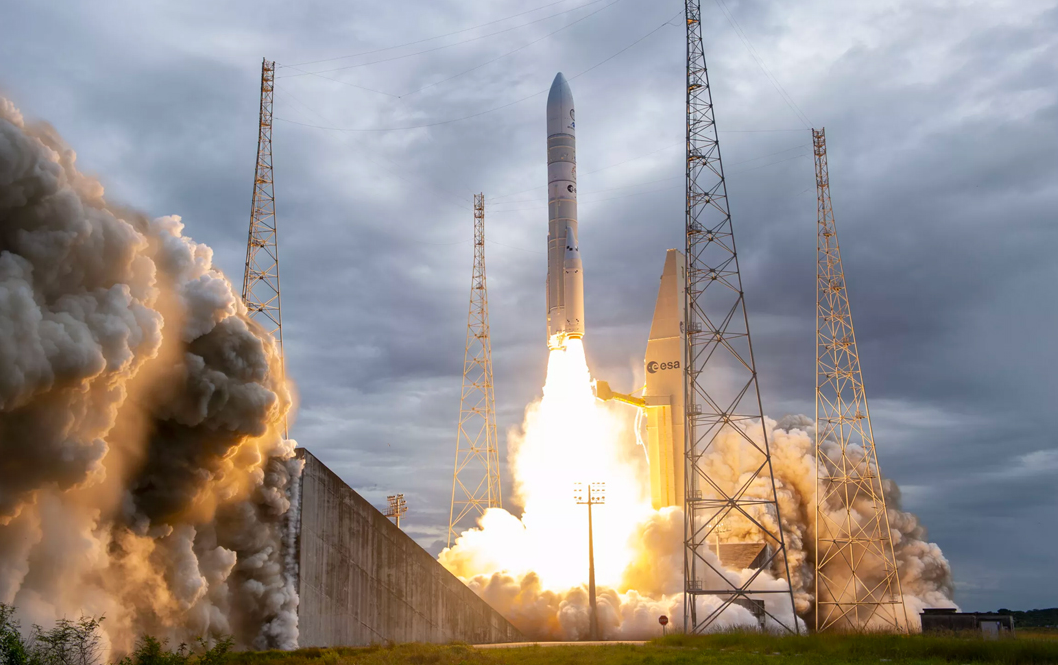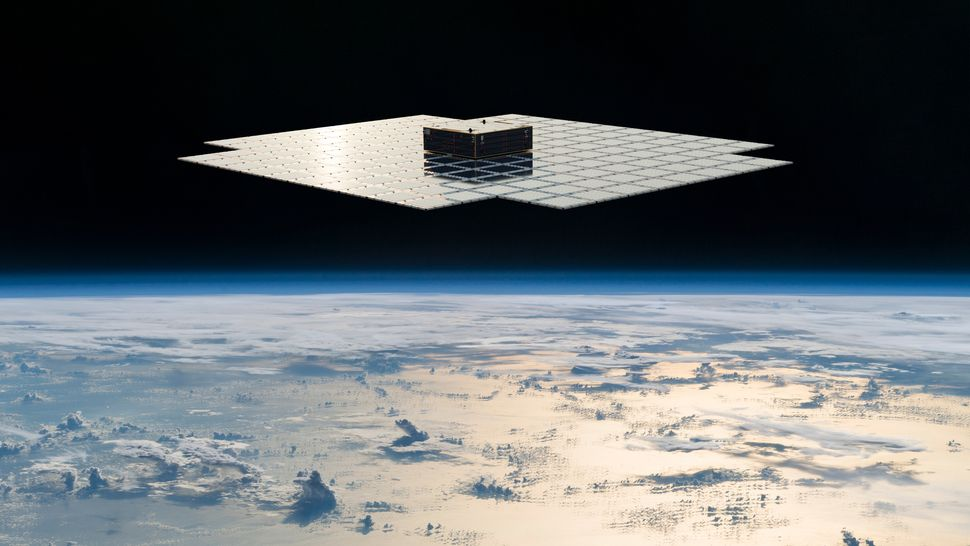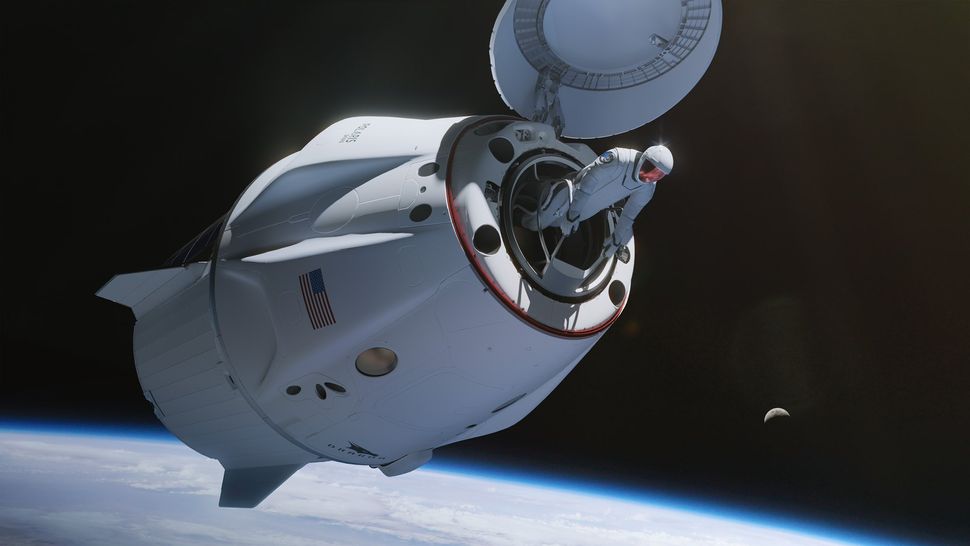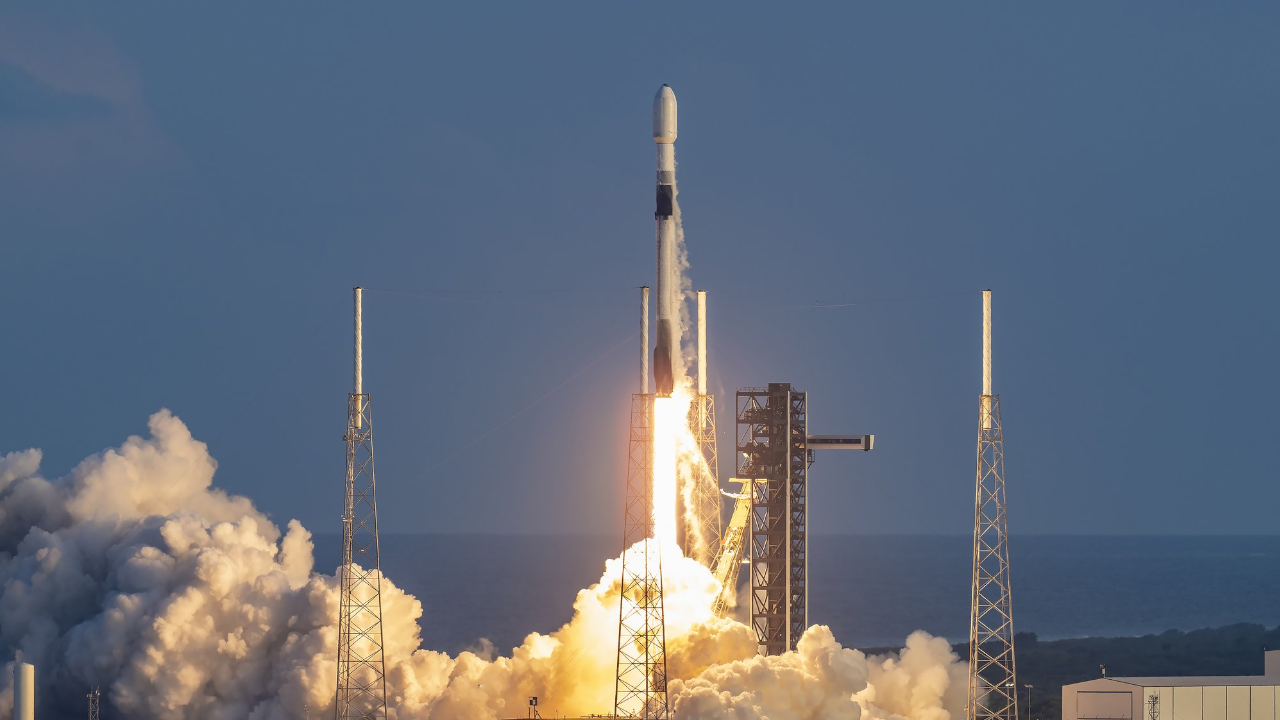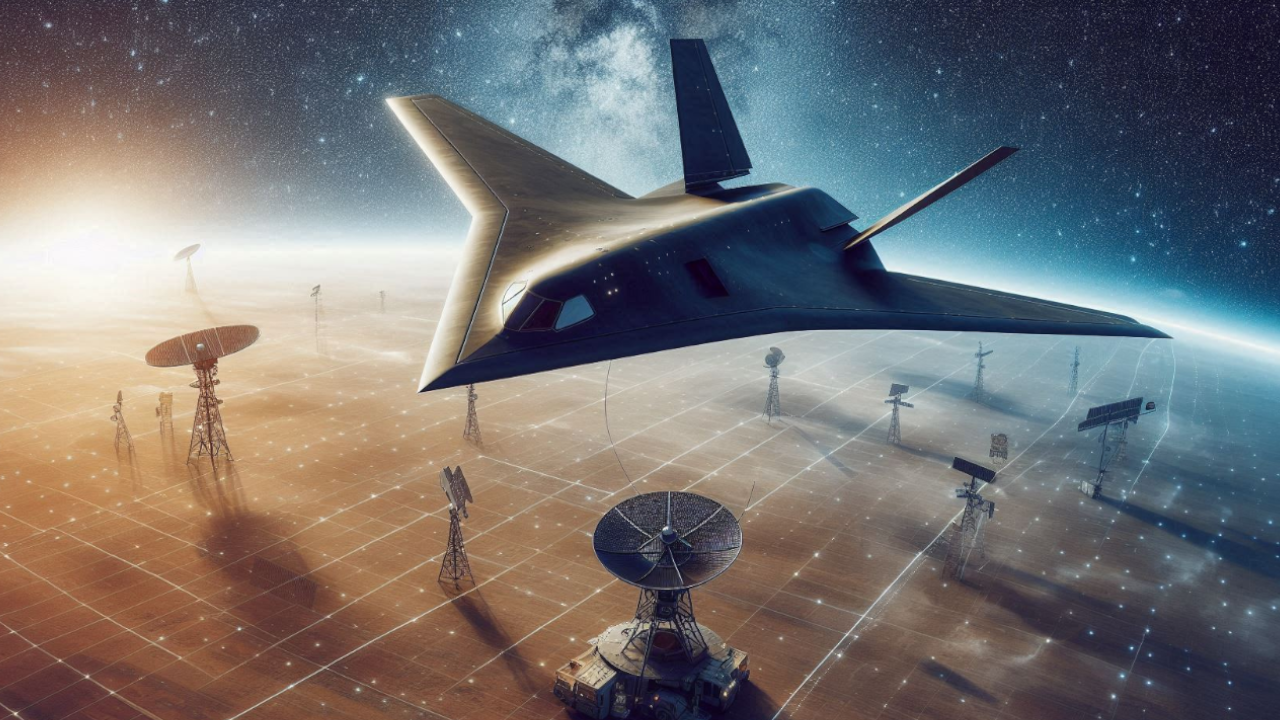On August 24, NASA decided to return Boeing’s Starliner spacecraft to Earth without its crew. The spacecraft will return in September, ahead of its planned crewed return in February 2025. But the astronauts will be carried back aboard SpaceX’s Dragon spacecraft, a competitor that Starliner was originally designed to rival.
The Starliner crew had initially arrived at the International Space Station in June, marking the spacecraft’s first crewed mission. However, the vehicle encountered multiple issues, including the failure of five out of 28 thrusters. Despite these setbacks, it managed to reach its destination. The mission, originally planned for a week, was extended for months as Boeing struggled to repair the spacecraft to ensure a safe crew return.
Boeing’s failures have become increasingly common. In recent years, the company has faced numerous issues with its aircraft and navigation systems. Just as these setbacks led to a significant increase in Airbus’s market share, Boeing’s spaceflight failures have unexpectedly boosted SpaceX’s business.
While the aerospace industry anticipated a new competitor to challenge SpaceX’s dominance in crewed spaceflight, the tables have turned. SpaceX is now poised to become the sole provider of crewed missions to the ISS, at least for the foreseeable future. Furthermore, its business will increase as it undertakes additional missions to rectify Boeing’s mistakes and ensure the safety of astronauts.
Boeing’s Starliner program has faced significant delays. In 2014, NASA awarded contracts to both SpaceX and Boeing to develop spacecraft for transporting astronauts to the ISS. While SpaceX successfully tested its spacecraft in 2019, Boeing’s initial attempt failed, and it wasn’t until 2022 that the company achieved a successful test flight.
Since 2020, SpaceX has been conducting manned missions to the ISS, totaling 8 missions so far. Boeing’s delays and high development costs have kept SpaceX as the sole provider in America. NASA had bet on Starliner, providing additional financial support exceeding $4 billion.
All this extra time and financial support failed to produce a successful space mission provider. Instead, it strengthened the sole provider, making it more distinguished, trusted, and appreciated for its achievements. It appears that SpaceX possesses unique expertise and skills that even Boeing lacks.
Although Boeing’s setback has strengthened SpaceX’s position and proven that hard work and innovation pay off, this incident highlights the importance of having multiple independent providers for space transportation services. If one provider fails, other companies can step in to save the situation and help succeed in space exploration, reducing potential risks.
